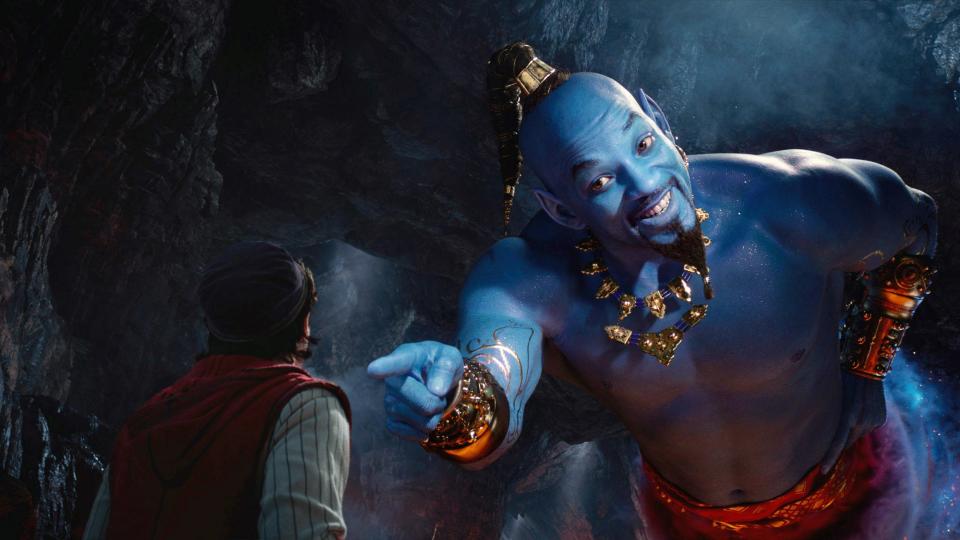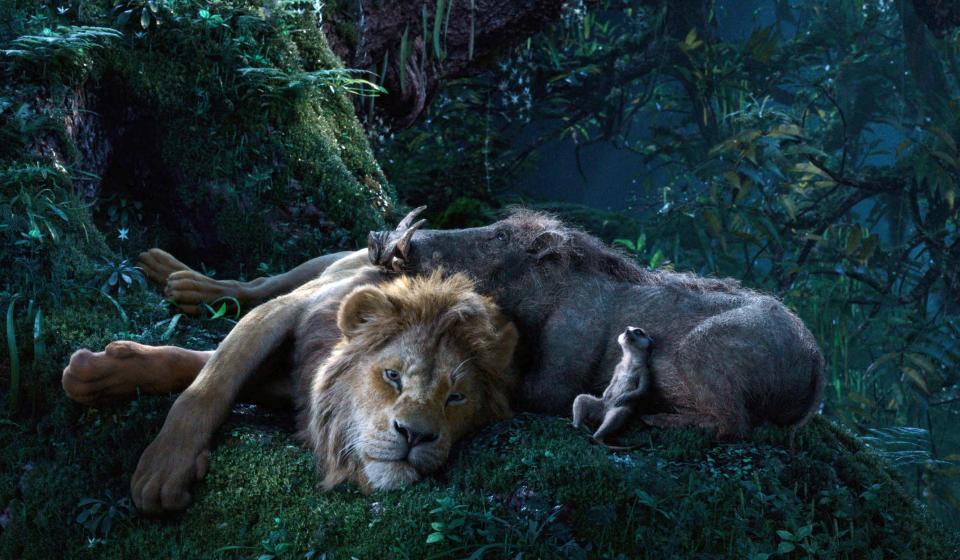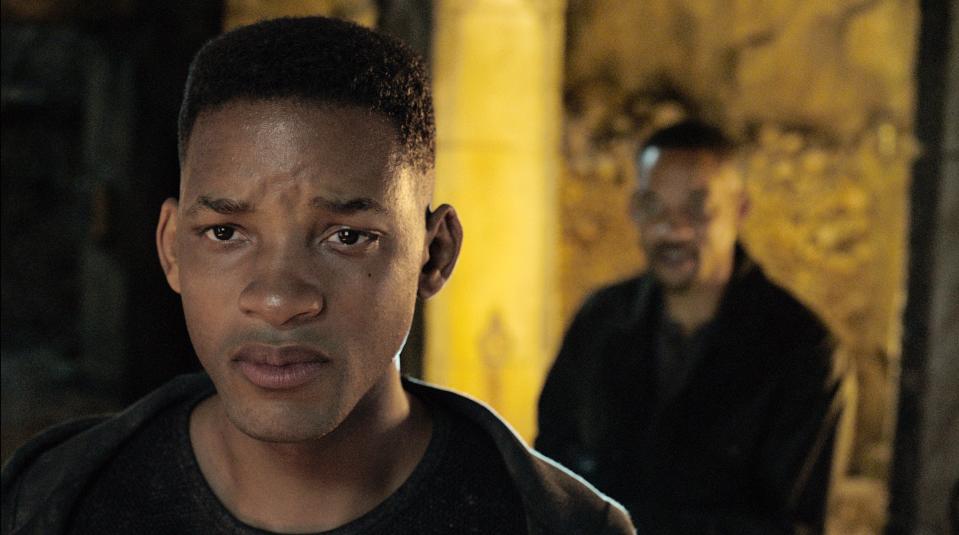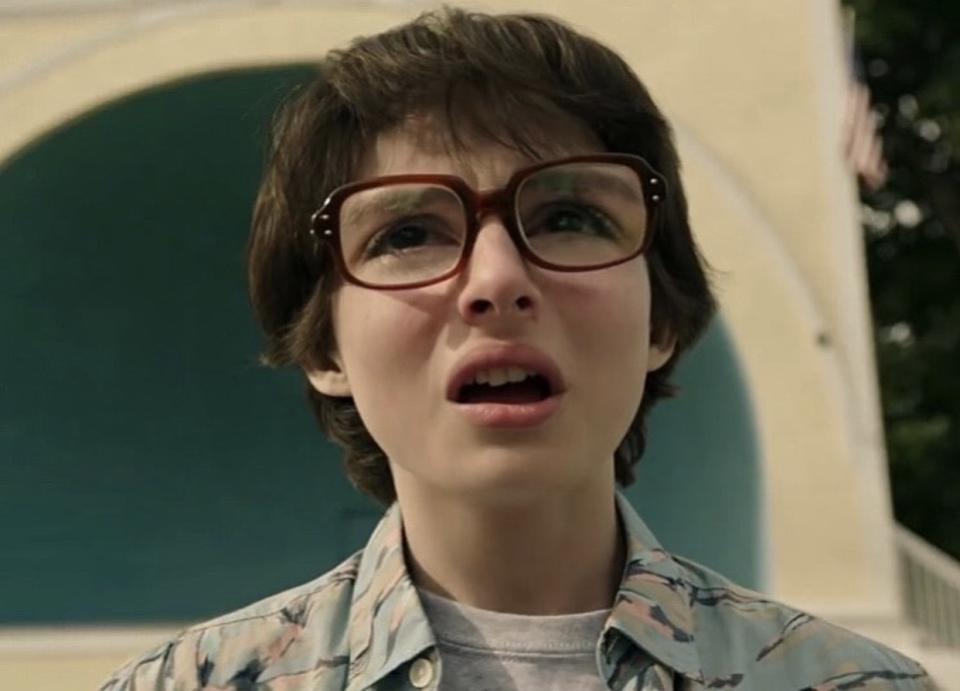The Irishman , Cats , and the Rise of Cinematic Humanoids
July 17 may have been the day the House killed an attempt to impeach President Trump, and the day El Chapo was sentenced to life in prison, but for most of us, it’ll be remembered as the day “digital fur technology” cursed/blessed the world. In the first glimpse at Tom Hooper’s upcoming movie musical Cats, we were finally privy to a film whose most disturbing element wasn’t that James Corden appears in it. The production design is blown up four sizes to make the actors look cat-sized. Jason Derulo is there. And, to top it all off, it was the first time Hooper shared his plan to add computer-generated fur to the actors in lieu of the costumes more commonly seen in the stage adaptation. Digital fur technology would allow the effects team to “create the most purr-fect covering of fur” according to Hooper. (He didn’t say it that way but it is impossible to hear it any other way.)

Then the first trailer was released, and nothing the mind conjures from “digital fur technology” could prepare me for the real thing. The film’s all-star cast was transformed into anthropomorphized cats with boobs and photorealistic fur—but no barbed penises. Jason Derulo is still there—but he’s got a coat of brown fur. As succinctly summarized by James Corden: “These are people, but they’re cats.”

The impending release of history’s most memeable musical caps off a year that has been defined by technology’s cinematic dominance. Other fear-inducing creations include Will Smith looking like a member of the Blue Man Group in the live-action Aladdin remake, and the herd of animals that populate the highest-grossing nature documentary, The Lion King. The proliferation of tech-driven blockbusters hasn’t so much explored the uncanny valley as it has plunged viewers into the uncanny chasm—with studios in constant competition to traumatize us as much as humanly possible.
But no eerie humanoid creation—not even Cats—has caught the attention of headlines as much as de-aging. The art of shaving off the years of Hollywood’s most familiar faces isn’t new (who could forget whatever Brad Pitt was in The Curious Case of Benjamin Button?) but it’s becoming a regular technique in today’s big budget fare. Featuring in six films this year alone, the visual effect appeared in Captain Marvel with a ‘90s era Samuel L. Jackson; then a few months later, every major player in Avengers: Endgame had to slather on some digital youth serum for the blockbuster’s time travel scenes. Later in the year, Ang Lee continued his fairly unsuccessful experimental streak (see: Billy Lynn’s Halftime Walk) with Gemini Man, which pits Will Smith against his younger self. With this and Aladdin, a small part of me feels bad for the the Fresh Prince—let him be himself!

The Irishman’s de-aging work got most of the heat, though, partly because of the hefty cost of its heavy visual effects, but mostly because Robert De Niro looks perpetually 60. The film’s attempt at glossing over the wrinkles of its septuagenarian cast ended up not being as bad as everyone feared, even if it doesn’t entirely work. But Scorsese’s gangster epic was hardly the most egregious attack against the natural progression of time. That honor would go to It Chapter Two, which horrifically attempted to scrub all signs of puberty from its child cast. Pennywise was less terrifying.
De-aging doesn’t work because we usually know what an actor looked like when they were younger, but that hasn’t stopped studios from continuing to digitally change the appearance of their stars. An actor’s visage has become a canvas to be altered and reworked—no one is safe from getting a little digital work done, not even kids. As de-aging technology becomes more common, the traditional route of casting different actors to play younger counterparts is a rarity for blockbusters. It’s become so ingrained into our culture, that the sight of different faces embodying The Shining’s Jack and Wendy Torrance in Doctor Sleep even took me by surprise.

Despite its sporadic use for over a decade, de-aging technology is a technique still in its infancy. Nothing ever works the first time, and the current digital landscape is rich in technological innovation. But what about the implications? We’re entering a new digital age for filmmaking, yet it doesn’t feel like an advancement as much as it is regressive.
As the decade draws to a close, the future holds more technological horrors in store. Up-and-coming actor James Dean (who died in 1955—heard of him?) will reportedly be digitally exhumed for the Vietnam war drama Finding Jack. Anyone who’s interested in validating their deepfake anxieties should check out the upsetting chocolate commercial which resurrected Audrey Hepburn. Looking back, it only seems like the inevitable progression of a nostalgia-obsessed society that our fixation on longevity would extend to actors. First, Hollywood refused to let its franchises die, now movie stars can live forever too. Cinema has always immortalized its stars—that sentiment feels true now more than ever.

Nothing can come between Pacino and a sundae.
Originally Appeared on GQ


